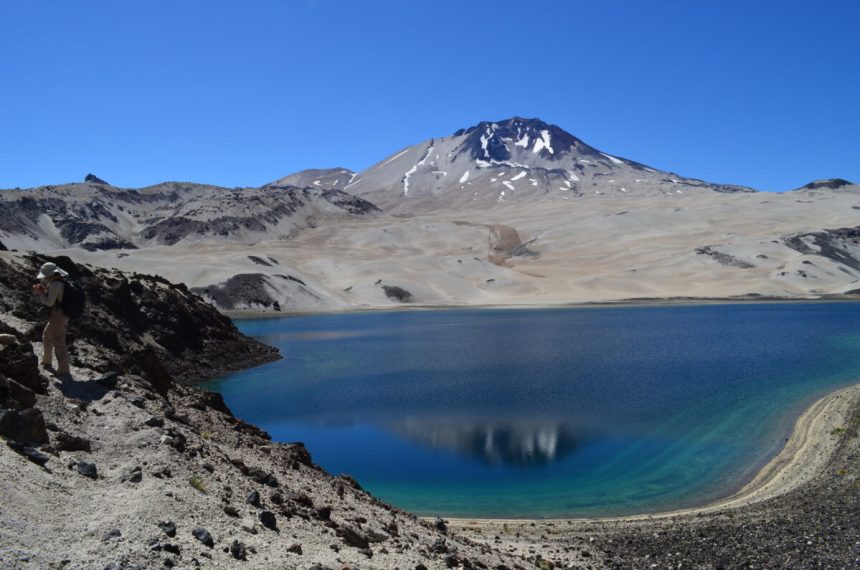Approximately 74,000 years ago, the Toba volcano in Indonesia erupted with a force 1,000 times stronger than Mount St. Helens in 1980. The aftermath of this eruption remains a mystery.

Recent research published in the Journal of Climate by a team from NASA’s Goddard Institute for Space Studies and the Columbia Climate School suggests that the cooling effects of super eruptions may not be as severe as previously thought. Advanced computer modeling was used to simulate super eruptions like the Toba event, indicating that post-eruption cooling may not exceed 2.7 degrees F (1.5 C).
Super eruptions, defined as releasing more than 240 cubic miles of magma, are rare and powerful natural events. The study focused on the impact of microscopic sulfur particles injected into the atmosphere by these eruptions, which can lead to temperature changes through their interaction with sunlight.
The research provides insights into how volcanic aerosol particle sizes could influence global temperatures post-eruption. While the study sheds light on the potential cooling effects of super eruptions, uncertainties remain, emphasizing the need for further research in this area.
Overall, the study challenges previous models and assumptions regarding the cooling impact of super eruptions, highlighting the complex nature of volcanic interactions with the Earth’s climate.
Adapted from a press release by NASA.






